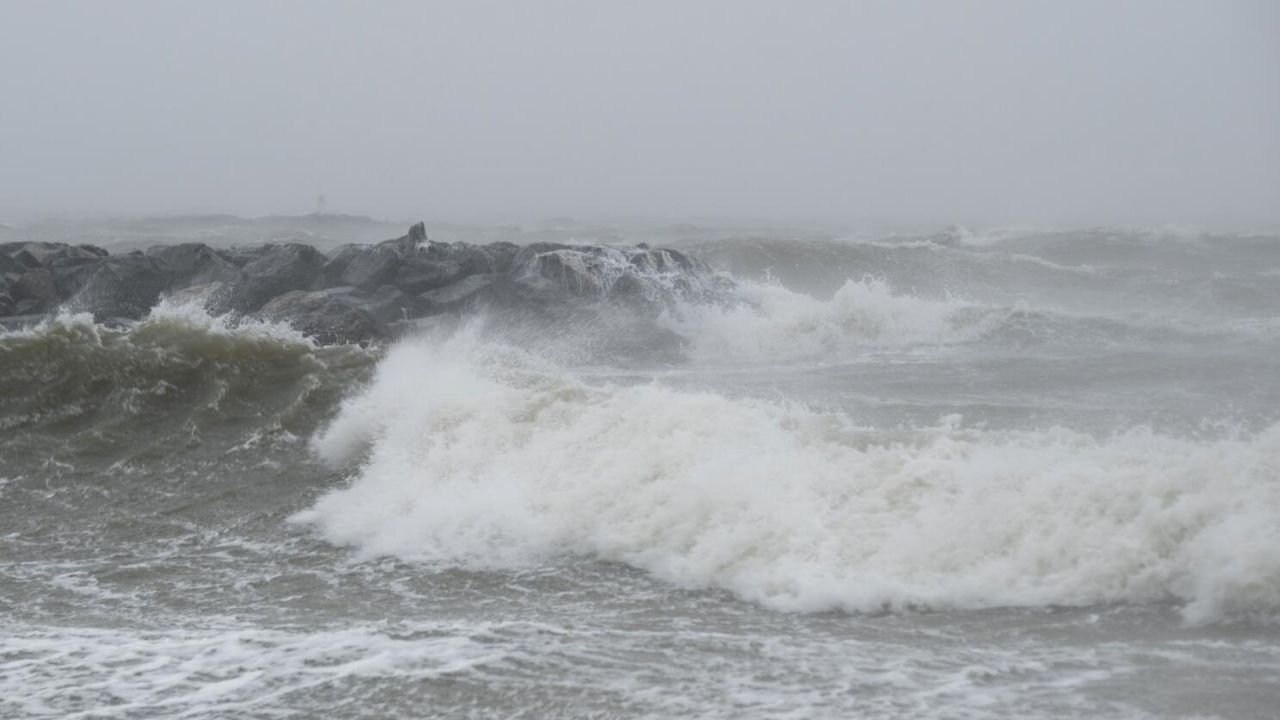Florida, known for its beautiful beaches and vibrant coastal communities, is also a region susceptible to natural disasters, including hurricanes and tsunamis. Although the state has not experienced a major tsunami in recent history, understanding the potential risks and impacts is crucial for effective disaster management.
This article explores the biggest tsunami to ever hit Florida, drawing on new report data, and highlights the importance of preparedness and risk reduction strategies.
Understanding Tsunamis and Their Impacts
Tsunamis are a series of ocean waves caused by large-scale undersea disturbances, such as earthquakes, volcanic eruptions, or underwater landslides. They can travel across vast distances at high speeds, posing significant threats to coastal communities. Tsunami impacts can include storm surges, coastal flooding, and erosion, resulting in loss of life, property damage, and long-lasting environmental consequences.
The Biggest Tsunami to Ever Hit Florida
While Florida has not experienced a major tsunami in recent history, the state is not immune to this natural hazard. The most significant tsunami to ever hit Florida occurred in 1918, triggered by a powerful earthquake near the Virgin Islands. The tsunami caused widespread damage along the coasts of Puerto Rico, the Virgin Islands, and Florida, with waves reaching up to 8 feet in height.
Preparedness and Risk Reduction Strategies
Given the potential for future tsunamis, it is essential for Florida to invest in preparedness and risk reduction strategies. These include:
1. Developing and implementing comprehensive tsunami evacuation plans, ensuring that residents and visitors are aware of evacuation routes and safe zones.
2. Enhancing early warning systems and public education campaigns to raise awareness of tsunami risks and the importance of timely evacuations.
3. Incorporating tsunami risk assessments into land-use planning and building codes, ensuring that new developments are built to withstand potential tsunami impacts.
4. Encouraging community-based initiatives to promote resilience, such as establishing local tsunami committees and organizing regular drills and exercises.
5. Collaborating with regional and international partners to share best practices and lessons learned from past tsunamis.
Conclusion
While Florida has not experienced a major tsunami in recent history, the potential risks and impacts cannot be ignored. By investing in preparedness and risk reduction strategies, the state can enhance its resilience and better protect its coastal communities from the devastating consequences of tsunamis.
As we have seen with other natural disasters, proactive measures can save lives, reduce property damage, and minimize the long-term societal and environmental impacts. Let us learn from the past and prepare for the future, ensuring that Florida remains a vibrant and resilient place to live, work, and play.

